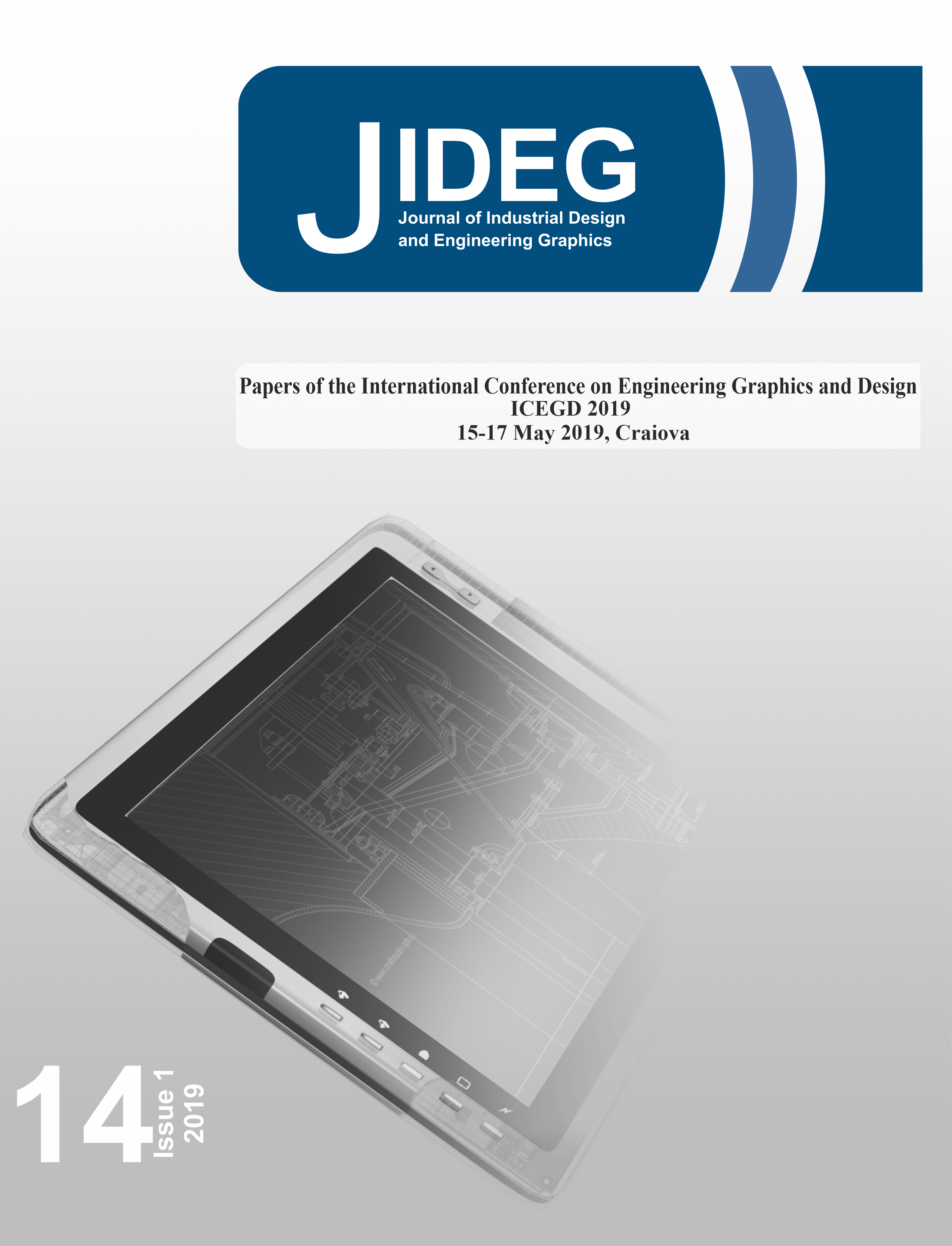COMPLEX HEAT EXCHANGERS – THE COMBINATION OF FRACTAL GEOMETRY AND ADDITIVE MANUFACTURING
Keywords:
heat exchanger, biomimetics, fractal geometry, space-filling curves, lindenmayer-system, form-finding methods, computer-aided design, additive manufacturingAbstract
Complex structures for heat exchangers in high-temperature applications are developed in the research project instaf. The driving force behind these developments is the new design freedom given by the additive manufacturing (AM) of ceramics. With this technology, the complexity of form is no longer an obstacle for profitable solutions. The application of fractals in this context is very promising, since it takes advantage of the new freedom while on the other hand the algorithms for the generation of such forms are relatively easy to handle. This paper presents some proposals for heat exchangers or mixing structures, which are inspired by natural formations. The underlying assumption is: the efficiency of a heat exchanger increases with the surface area of the wall between the fluids. The surfaces here are derived from a series of fractal curves within a given outer shape. The algorithms for the curves use the Lindemayer system (L-system), which allows for steering a large variety of curves systematically.
Downloads
References
Noack, K., Eichenauer, M., Lordick, D., Scheithauer, U. and Abel, J. (2018). Additive Fertigung von Hochleistungswärmetauschern unter Verwendung fraktaler Strukturen. Potsdam: Tagungsband Fachtagung Werkstoffe und Additive Fertigung, pp. 91-96.
Eichenauer, M., Noack, K. and Lordick, D. (2018). Mixing of Fluids with Space-Filling Curves. Milan: Proceedings of the 18th International Conference on Geometry and Graphics (ISBN: 978-3-319-95588-9).
Mandelbrot, B. (1982). The Fractal Geometry of Nature. Times Books.
Sagan, H. (1994). Space-Filling Curves. New York: Springer Science+Business Media.
Prusinkiwicz, P. and Lindenmayer, A. (1990). The Algorithmic Beauty of Plants. New York: 1 edn.
Saupe, D. (1987). Algorithms for random fractals.
Braun, M. (1905). Zoology, ed. 29, pp. 145-149.
Scholander, P. and Schevill, W. (1955). Counter-Current Vascular Heat Exchange in the Fins of Whales. Journal of Allied Psychology.
Peitgen, H., Jurgens, H., Saupe, D. (2004). Chaos and Fractals. New Frontiers of Science: Springer Science (ISBN: 0-387-20229-3).
URL: https://www.weltderphysik.de/thema/chaos-und-ordnung/fraktale/ [Accessed at 21 December 2018]
Behrends, E. (1994). Fraktale und Mathematik – eine elementare Einführung. Berlin: Vorlesungen zum Gedenken an Felix Hausdorff, pp. 191-206.
Scheufele, K. (2007). Zufallige Fraktale.
URL: https://www.cfdsupport.com/OpenFOAM-Training-by-CFD-Support/node334.html [Accessed at 10 January 2019]

Downloads
Published
Issue
Section
License
Copyright (c) 2020 Journal of Industrial Design and Engineering Graphics

This work is licensed under a Creative Commons Attribution-NonCommercial 4.0 International License.






